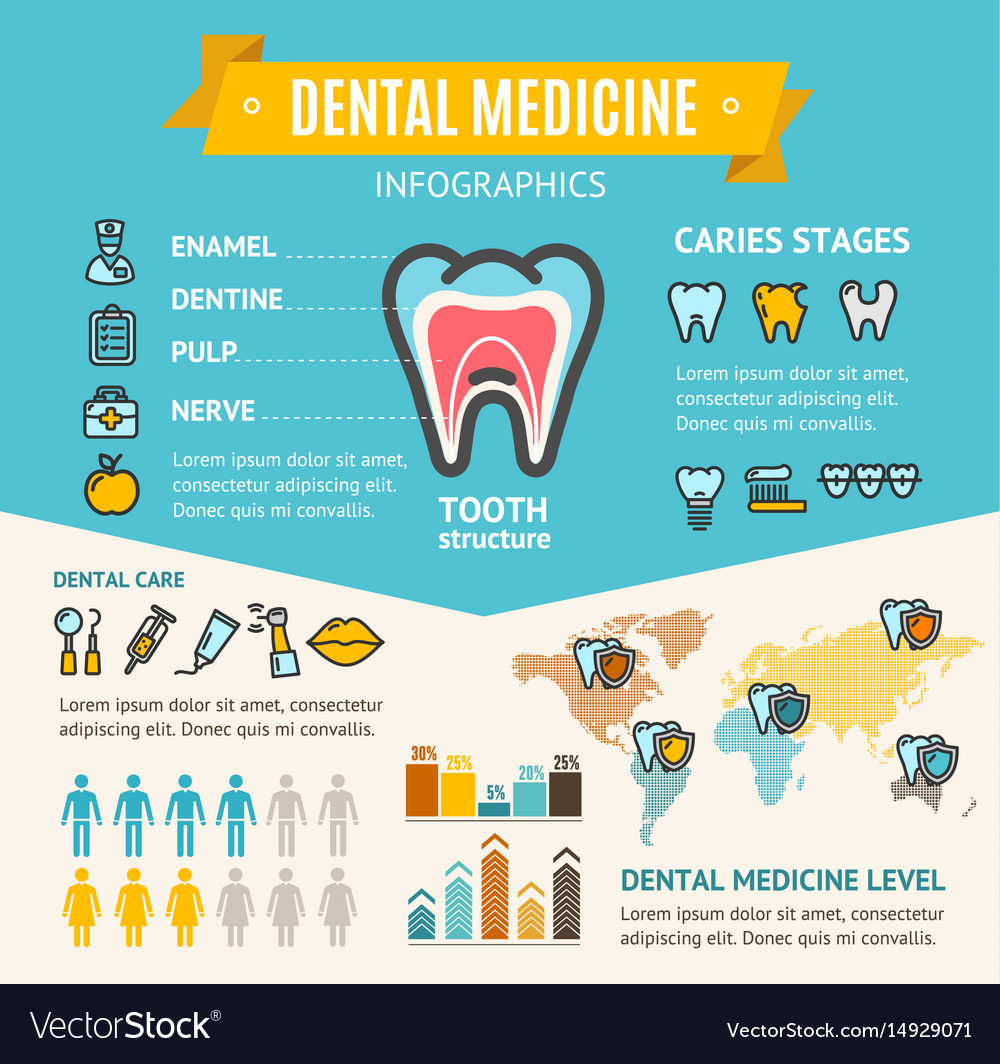Examine The Cutting-Edge Developments That Are Transforming Oral Surgery. Discover What The Future Holds For This Field And Keep On Your Own Notified. Click Currently For An Unique Sight Of Upcoming Advancements
Examine The Cutting-Edge Developments That Are Transforming Oral Surgery. Discover What The Future Holds For This Field And Keep On Your Own Notified. Click Currently For An Unique Sight Of Upcoming Advancements
Blog Article
Post Developed By-Borg Mccall
Invite to the globe of oral surgery, where innovations and advancements are shaping the future of the field! In https://howmuchdoesimplantscost75431.blogdosaga.com/32933630/prepare-for-your-oral-implant-examination-with-our-crucial-list-find-what-to-prepare-for-an-effective-conversation-with-your-dentist , you'll witness the transformative power of robotics, the cutting-edge wonder of 3D printing, and the game-changing influence of minimally intrusive methods.
The future of oral surgery holds a pledge of accuracy, effectiveness, and enhanced patient outcomes. With the help of advanced robotics, specialists have the ability to perform intricate procedures with greater precision and control.
3D printing technology is reinventing the development of oral implants and prosthetics, providing tailored options that fit seamlessly into each client's unique composition.
Furthermore, minimally intrusive techniques are decreasing post-operative discomfort and healing time, allowing patients to go back to their lives sooner.
Prepare to check out the amazing developments and advances that are reshaping the landscape of dental surgery!
Developments in Robotics
One major innovation in oral surgery is the use of robot innovation, which enables accurate and reliable procedures. With the help of robot systems, oral doctors have the capability to carry out intricate surgical procedures with improved precision, reducing the threat of human mistake.
These robotic systems are furnished with advanced imaging modern technology and exact instruments that enable surgeons to browse through complex anatomical structures effortlessly. By utilizing robot technology, doctors can accomplish better medical accuracy, causing enhanced patient results and faster recuperation times.
Furthermore, making use of robotics in oral surgery enables minimally invasive treatments, reducing the trauma to surrounding cells and advertising faster recovery.
3D Printing in Oral Surgery
To improve the area of oral surgery, you can explore the subtopic of 3D printing in dental surgery. This innovative technology has the potential to transform the method dental specialists run and treat clients. Below are 4 vital methods which 3D printing is forming the area:
- ** Customized Surgical Guides **: 3D printing enables the production of extremely accurate and patient-specific medical guides, boosting the precision and performance of procedures.
- ** Implant Prosthetics **: With 3D printing, dental doctors can produce customized dental implant prosthetics that flawlessly fit a patient's one-of-a-kind anatomy, causing better outcomes and person fulfillment.
- ** Bone Grafting **: 3D printing enables the manufacturing of patient-specific bone grafts, lowering the need for traditional grafting strategies and enhancing healing and recuperation time.
- ** Education and learning and Training **: 3D printing can be made use of to develop sensible surgical versions for educational objectives, permitting oral cosmetic surgeons to exercise complex procedures before executing them on people.
With its potential to improve accuracy, modification, and training, 3D printing is an exciting advancement in the field of oral surgery.
Minimally Invasive Strategies
To even more advance the field of dental surgery, embrace the potential of minimally intrusive techniques that can significantly profit both doctors and clients alike.
Minimally invasive strategies are reinventing the field by lowering surgical trauma, lessening post-operative pain, and speeding up the recovery process. mouse click the following website page involve using smaller lacerations and specialized instruments to carry out treatments with precision and effectiveness.
By using innovative imaging modern technology, such as cone beam of light computed tomography (CBCT), doctors can accurately plan and perform surgical treatments with marginal invasiveness.
Additionally, the use of lasers in dental surgery allows for exact tissue cutting and coagulation, resulting in lessened blood loss and lowered recovery time.
With minimally invasive methods, clients can experience much faster recuperation, reduced scarring, and enhanced end results, making it an essential aspect of the future of oral surgery.
Verdict
So, as you can see, the future of dental surgery is extremely promising, with interesting technologies and advancements forming the area.
From the developments in robotics to making use of 3D printing and minimally invasive strategies, dental doctors are changing the method they supply treatment.
While some may stress over the prospective price associated with these developments, it's important to bear in mind that these innovations eventually enhance person outcomes and lower recuperation time, making them well worth the financial investment in the long run.
